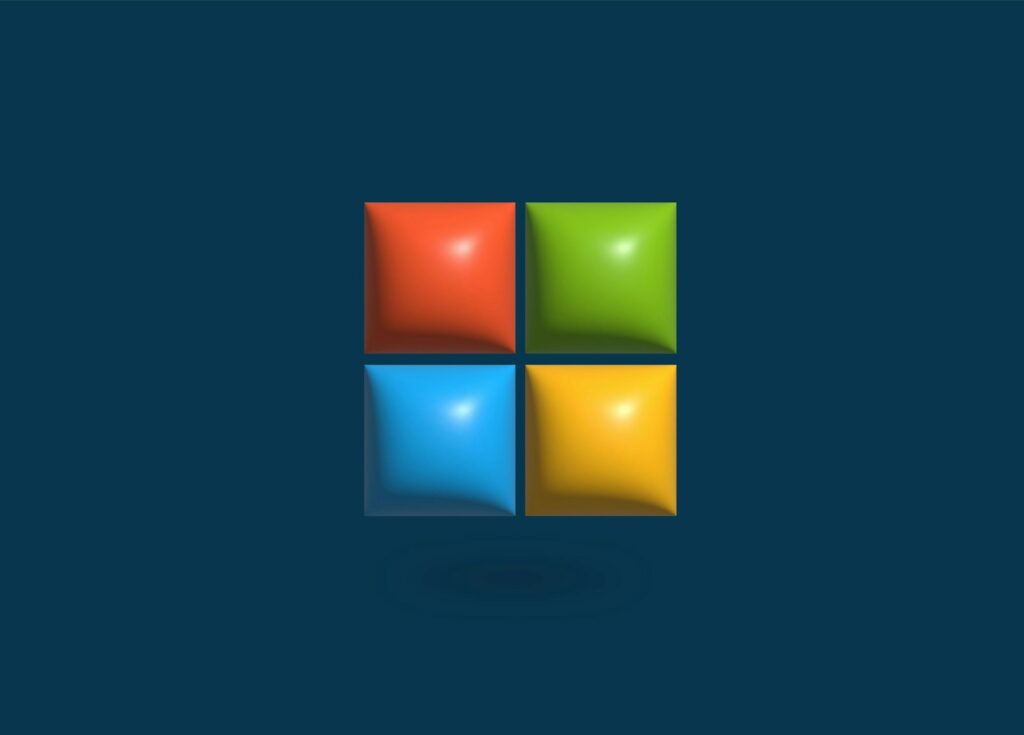Managing Settings for Privacy in Windows 11 Installation

Managing Settings for Privacy in Windows 11 Installation
In addition to introducing a more contemporary user interface and enhanced capabilities, Windows 11 is also capable of collecting and using data, just like any other operating system, in order to deliver tailored services, updates, and strengthen security. Despite the fact that these capabilities have the potential to enhance the user experience, many users would rather have control over the amount of information that is shared. It is to your good fortune that Windows 11 comes with a comprehensive set of privacy options that enable you to control the gathering of data, permissions, and activity monitoring. It is helpful to have an understanding of these alternatives so that you can strike a balance between privacy and convenience.
Exactly Why Windows 11’s Privacy Settings Are So Important
Computer operating systems of the modern day are becoming more and more integrated to cloud services. Microsoft Windows 11 collects data in order to:
- You may personalize advertisements and suggestions.
- Enhance the system’s performance and ensure its dependability.
- Providing services that are location-based.
- Setups should be synchronized across all devices.
- Through the use of privacy settings, you have the ability to choose what information is gathered, who has access to it, and how it is used.
Accessing the Settings for Privacy
From a single, centralized area, you may access the settings for your privacy:
- Use the Win key and the I key to launch the Settings menu.
- Make your way to the Privacy & Security section of the menu on the left.
- Investigate the many categories, such as Windows permissions, App permissions, and Diagnostics and feedback, among others.
Controlling the Permissions of Windows
The Windows 11 operating system comes with a number of permissions that influence the way the system deals with your personal information.
1. General Configurations for Privacy
Select General from the Privacy & Security menu. You are able to:
- You may disable ad tracking to turn it off. Allow applications to display advertisements that are tailored to me.
- To enhance the recommendations that appear in the Start menu, you may control whether Windows monitors program launches.
- Deactivate the typing customization feature if you would rather not share data about your handwriting and typing.
2. Verbal Input, Handwriting, and Typing
Windows may gather samples to enhance its recognition capabilities if you use voice commands or handwriting if you submit information. In order to safeguard your data, you have the option to turn off voice recognition or wipe your typing history.
3. Modifications to the Collection of Diagnostic Data
- Diagnostic information is gathered by Windows in order to identify and fix issues and enhance its capabilities.
- Navigate to the Diagnostics and feedback section under Privacy and Security.
- Make a decision between the Required diagnostic data, which requires limited data gathering, and the Optional diagnostic data, which provides more thorough results.
- You have the option to delete diagnostic data that is kept in your account.
- Turn off experiences that are customized to your needs and utilize diagnostic data to provide you with personalized recommendations and advertisements.
4. Configuration of the Location
There are certain applications, such as Maps or Weather, that might benefit from location services; nevertheless, you might not want every app to have access to your location.
- Select Location from the Privacy & Security menu.
- Move the toggle switch to the on or off position.
- Per app, you may allow or reject access to the location by scrolling down.
- Make sure that your device’s location history is cleared out.
5. Taking Control of Appential Permissions
Applications are granted particular rights in Windows 11, much as they are on smartphones. The access to your camera, microphone, contacts, calendar, and other features are included in this category.
- Select the App permissions option under Privacy & Security.
- Choose each permission, such as the Camera permission.
- Adjust the access settings for each individual app.
- This guarantees that only programs that have been verified as trustworthy may access sensitive data.
6. History of Activities to be Managed
- When you use applications and websites to synchronize your actions across several devices, your activity history is recorded.
- Navigate to the Privacy and Security section> Activity history.
- To avoid having your use logged, you should turn off the option to save your activity history on this device.
- In order to delete any data that has been stored, clear the history of previous activities.
7. The Management of Search and Cortana Information
It is possible for data to be gathered in order to enhance the outcomes of using voice assistants or Windows Search. You have the ability to:
- You may disable the results of internet searches by using the Search permissions menu.
- Turn off the customization that is cloud-based.
- Modify the information that Cortana (if it is accessible in your location) may access.
- Adjustments on Multiple Devices Being Synced
- Windows gives you the ability to synchronize user settings, passwords, and themes across all of the devices that are logged into the same account.
- Start by selecting Accounts > Windows Backup.
- In order to prevent your settings or credentials from being kept in the cloud, you should disable syncing.
Enhanced Protections for Personal Information
Regarding privacy, security is inextricably linked. Take into consideration enabling:
- Biometric sign-ins, such as fingerprint or face recognition, may be performed with Windows Hello.
- Encryption using BitLocker on disks to safeguard the data that is stored.
- You may avoid harmful downloads by using the App & Browser Control feature found under Windows Security.
Exceptional Methods for the Administration of Privacy
- Review the permissions of the program on a regular basis and deactivate those that you do not use.
- At regular intervals of a few months, clear diagnostic and location data.
- Avoid sending sensitive data over unprotected Wi-Fi networks without a virtual private network (VPN).
- Be sure to keep your system up to date with the most recent enhancements in terms of privacy and security.
Powerful options that allow users to regulate their privacy and security are included in Windows 11. A computer environment that respects your personal boundaries while retaining functionality may be created by adjusting permissions, restricting diagnostic data gathering, and monitoring how applications access sensitive information. This can be accomplished by monitoring how apps access sensitive information. In order to effectively manage your privacy, it is not enough to just block features; rather, you must make deliberate decisions in order to strike a balance between convenience, customization, and safety in your digital life.




